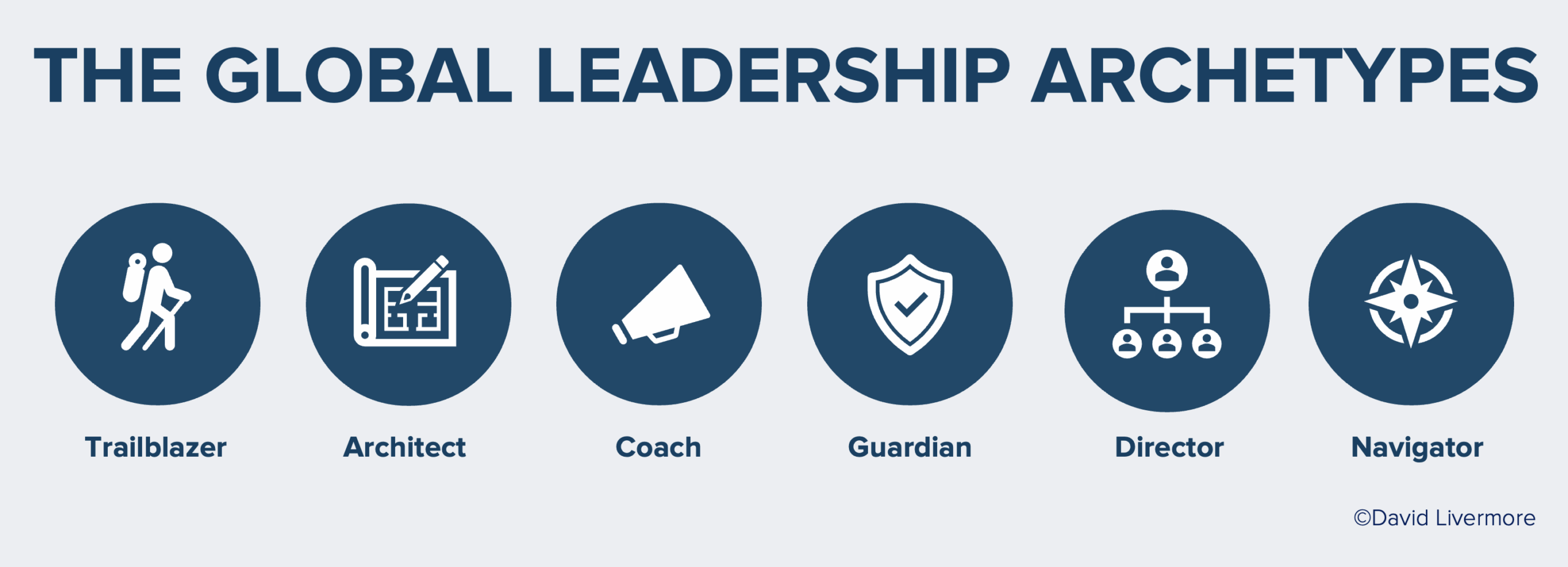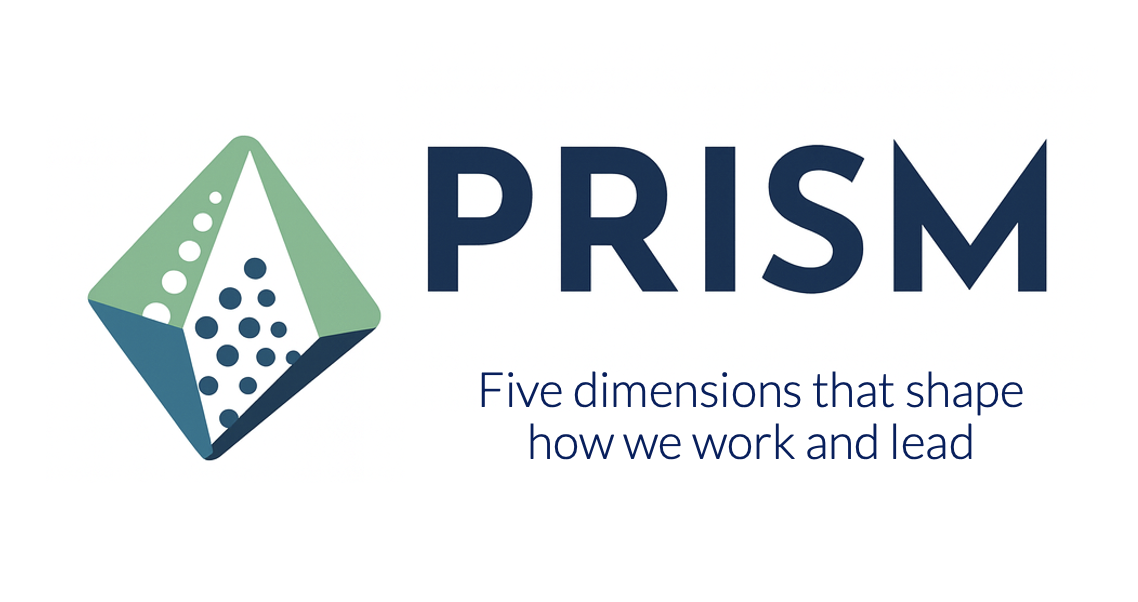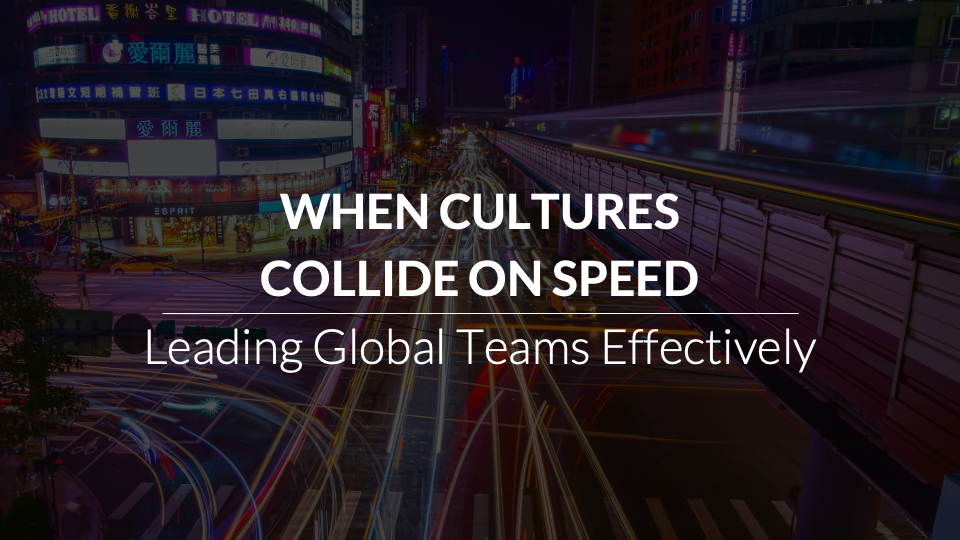
Guest post by CQ Fellow Jennifer Izekor | CEO & Founder, Above Difference
“The only constant is change.”
Earlier this year, the UK Government launched its much-anticipated NHS Long Term Workforce Plan – Fit For the Future: A 10-Year Health Plan for England. On paper, it’s ambitious: more locally led, accountable leadership, a stronger workforce, and a shift towards cultures that work better for both staff and patients.
There’s no doubt change is needed. The NHS , like so much of the public sector , is exhausted. The pandemic left deep scars, an aging workforce that is under strain, and a demand for services that has never been higher.
But here’s the challenge. For many leaders, this isn’t their first “big transformation plan.” Years of restructures, political priorities, and new initiatives have left people with what I call advanced change fatigue. In the coaching room, I hear it all the time:
“Jennifer, my team is just tired. And truthfully, so am I.”
- Leaders feel squeezed from both sides:
- Pushed from above to deliver change quickly, often with fewer resources.
- Pushed from below by a workforce that’s frustrated, demotivated, and pulled in unclear directions.
Change leadership isn’t something most leaders are taught. There’s often an assumption that if the change is a good idea, people will just get on board. But as John Kotter reminds us: “The central issue is never strategy, structure, culture, or systems. The core of the matter is always about changing the behaviour of people.”
People don’t change behaviour simply because it makes sense on paper. If they did, we’d all be living healthier lives.
That’s why I believe Cultural Intelligence (CQ) is one of the most underestimated tools for leading transformation. Because organisational change is always about people and people’s behaviour is shaped by culture.
The Bus in the Courtyard
At Above Difference, we use a metaphor that helps leaders feel this truth. Imagine the change as a bus. The bus isn’t the destination, it’s the journey of change. The destination might be a more inclusive culture, a new way of working, or a better system. But right now, your workforce is standing in the courtyard of the status quo. Some are curious. Some are skeptical. Some are firmly rooted where they are.
Your task as a leader is to persuade them to step onto the bus and commit to the journey. The trouble is, without the ability to engage meaningfully, most will stay put. The bus remains half-empty, or worse, sets off with half your people left behind.
A Different Take on Cultural Intelligence
While many people use cultural intelligence as a skill for navigating international interactions between individuals and groups, I’ve adapted the model for a different challenge—Equipping leaders to engage and relate effectively across the diverse ecosystems of culture inside their own organisations.
Here’s what I’ve learned from working with leaders in healthcare, policing, fire and rescue, and the wider public sector. Most see “organisational culture” as one big, amorphous mass. In reality, every organisation is a network of distinct cultures shaped by profession, function, location, history, hierarchy, shared experiences, and even unwritten rules.
Some cultures are positive and energising. Others can be toxic or wounded. Many are simply different from each other with their own values, norms, preferred ways of working, and patterns of trust.
When you understand that each group in the courtyard is a culture in its own right, you start to see why the same message, delivered the same way, will land brilliantly with one group and fall flat with another.
Leaders with high CQ don’t treat the organisation as one homogenous audience. They recognise, value, and work with this internal diversity by tailoring their approach so each culture can see itself in the journey, understand the destination, and choose to get on board.
FOUR STEPS FOR USING CQ TO DRIVE ORGANIZATIONAL CHANGE
Here are four steps for applying cultural intelligence to organizational change.
1. Find and Share Why the Change Is Needed (CQ Drive)
When I work with leaders, I start with two questions: “What’s your vision of what things will look like when the bus gets there?” and “What’s your why for this journey?” Too often, I get a puzzled look as if the strategy document on the desk should answer that for them. But here’s the thing. If you don’t know your personal reason for leading this change, you’ll sound like you’re delivering someone else’s script. And people spot that a mile off.
As Simon Sinek says: “People don’t buy what you do; they buy why you do it.”
So, identify your motivation for this change (your CQ Drive). Be able to explain, in words that are your own, why the journey matters to you. Then go into the courtyard, put down the foghorn, and start real conversations with each group.
2. Understand how Cultures Will Respond to the Change (CQ Knowledge)
CQ Knowledge is about understanding how cultures are similar and different and using that understanding to engage more effectively. That’s a critical part of leading organizational change.
A few months ago, I coached a senior leader in a maternity service. She was frustrated with a group of younger trainee midwives:
- “They don’t want to work long hours.”
- “They don’t understand the need to change.”
- “They’re hard to manage.”
As we talked, it became clear she was seeing them as individuals with unhealthy attitudes, rather than recognising them as a culture shaped by generational experiences, professional training, and the reality of joining the NHS now.
She, too, belonged to a culture shaped by decades in the NHS, with high power distance and long-term time orientation. The younger midwives came from a lower power distance culture and short-term time orientation. These differences weren’t just interesting, they were the reason trust was fraying.
Through a perspective-taking exercise, she began to see the “parent–teen” dynamic that had formed. Once she understood this, she adapted her approach using language that connected to immediate priorities as well as the big picture. Trust began to build, engagement improved, and the younger midwives were moving towards the bus.
3. Plan Your Change Approach (CQ Strategy)
CQ Strategy is, described as “thinking about thinking.” It’s where you take the knowledge you’ve gathered and plan how to use it. Too often change management lacks this step.
I coached a senior male leader with a diverse department heading into major change. His calendar was back-to-back with online meetings, often moving from one unhappy group to the next. Every meeting followed the same pattern—he’d present the change, they’d react with anger or scepticism, and he’d leave feeling attacked.
We worked on building in thinking time — just 15 minutes before each meeting to reflect: What’s this group’s history with change? What’s their preferred style of communication? What cultural value preferences are at play?
He began adapting his approach. For risk-averse groups, he led with clear risk-mitigation plans. For more collaborative cultures, he framed changes as opportunities for co-creation. Meetings became calmer and more productive, and he felt more in control, not because the resistance vanished, but because he understood it and planned for it. This is what it looks like to apply CQ Strategy to change management.
4. Act Consistently to Sustain the Change (CQ Action)
Here’s where it all comes together. Understanding cultures (CQ Knowledge) and building a plan (CQ Strategy) only matter if you act differently as a result.
CQ Action is where you close the loop. It’s where you adapt your behaviour to validate and value difference, and where you commit to consistency.
Once people are on the bus, it’s your job to keep them there — trip by trip, stop by stop. That means making sure the bus is still heading where you said it would, modelling the changes you’ve asked for, and being on the bus with them, not following behind in your own private Land Rover.
An Invitation
Leading change in tough times takes more than vision and resilience. It takes Cultural Intelligence in action — Drive, Knowledge, Strategy, and Action — woven into how you lead every day.
Here’s the truth. The bus is going to leave. The only question is how many people you’ve persuaded to join you and how many you’ve left standing in the yard. Cultural Intelligence won’t guarantee a perfect journey, but it will give you some super tools to make it one worth taking for everyone on board.
________________________________________
If you want to explore how to lead change with cultural intelligence in your own context, join Jennifer’s free webinar on 15th October: “Leading Change and Transforming Cultures with Cultural Intelligence.” She will unpack practical tools you can use straight away to lead change more inclusively and effectively.
Jennifer Amen Izekor is the Founder and CEO of Above Difference, a UK-based consultancy that helps organizations “lead difference differently.” Jennifer has trained more public sector leaders in cultural intelligence than anyone else worldwide. Jennifer is a founding member of the CQ Fellows and a sought-after speaker and advisor to organizations across the globe.



